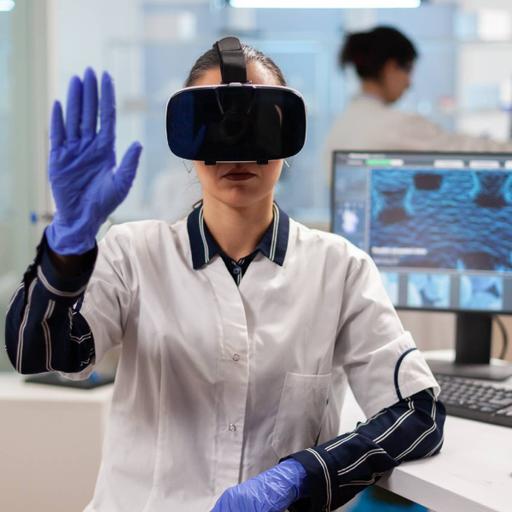Biochemistry of Vision
Presentations | English
Have you ever considered how intriguing the process of eyesight is? how visible light, such as light reflected off of surfaces, can cause molecular alterations with significant repercussions (i.e., our ability to perceive an image). The eyes receive light and contain molecules that undergo chemical changes as a result of light absorption, but it is the brain that interprets the visual data to generate an image. As a result, the visual process necessitates complex eye-brain cooperation. The eye resembles a camera. On the retina, the cornea and lens, two components of the light-focusing mechanism, generate an inverted image. The iris controls the lens's opening, while the eyelids keep light out and protect the cornea's surface from injury. The lens is controlled by the ciliary muscle, which allows things at varied distances to be brought into sharp focus. This mechanism, as well as the curvature of the cornea, can focus light onto the retina (Vines and Rees 1972). The cornea has a refractive index of 1.38, the lens has a refractive index of 1.42, and both humours have a refractive value of 1.33.

8.75
Lumens
PPTX (35 Slides)
Biochemistry of Vision
Presentations | English
